The Palau, an early example of Art Nouveau architecture
Palau Güell, built between 1886 and 1890, is the first of Gaudí’s major works and one of the first, if not the first Art Nouveau building in the world.
- Stairway at Hotel Tassel, in Brussels, Belgium.
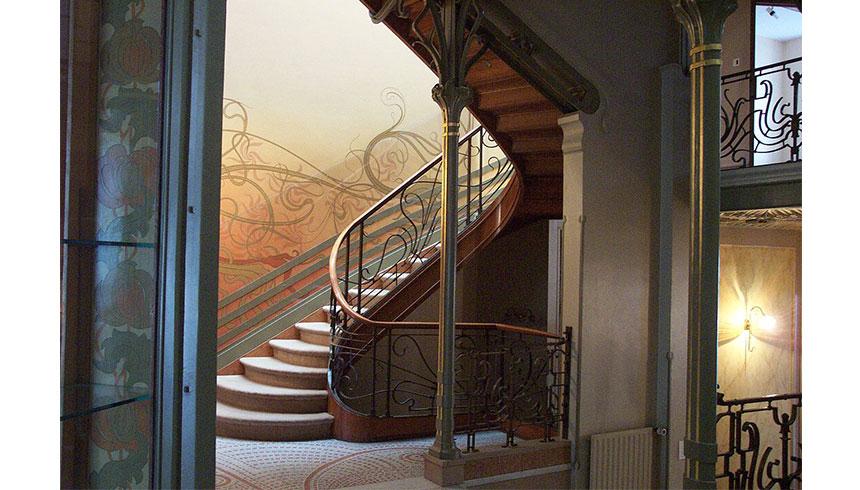
- Façade of Hotel Tassel, by Victor Horta.
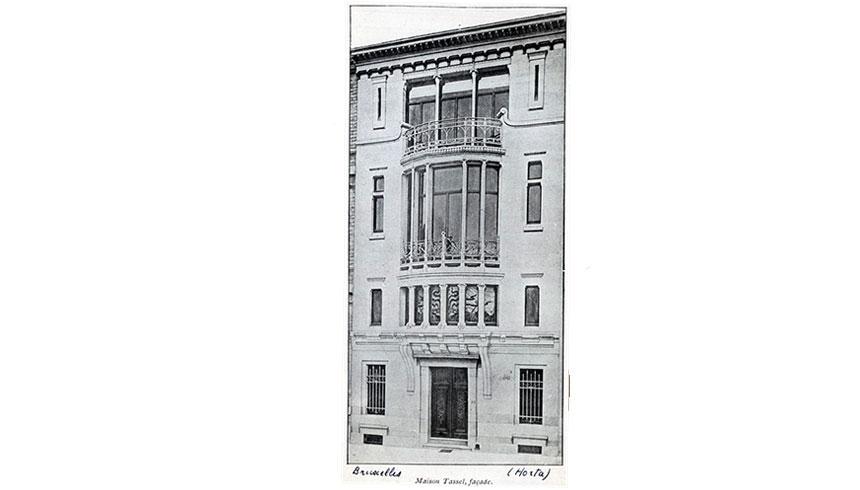
- Living room landing of Hotel Tassel by Víctor Horta.

- First floor landing of Hotel Tassel, by Víctor Horta.
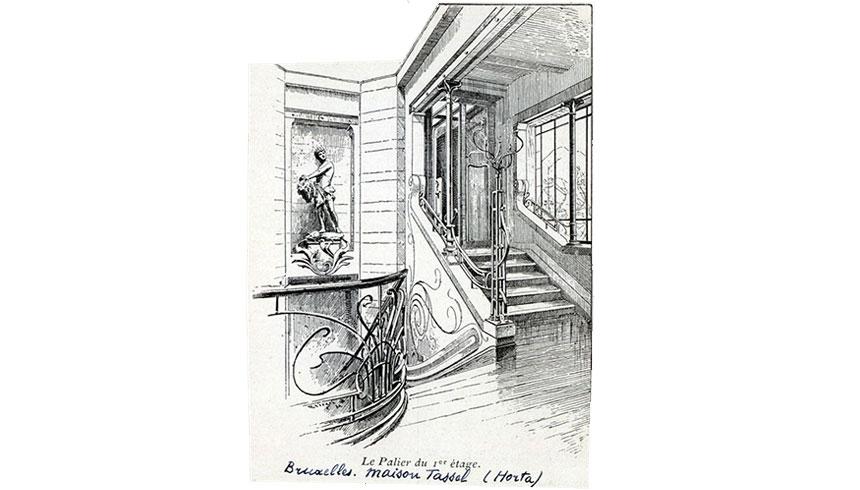
- The Belgian architect, Paul Hankar.
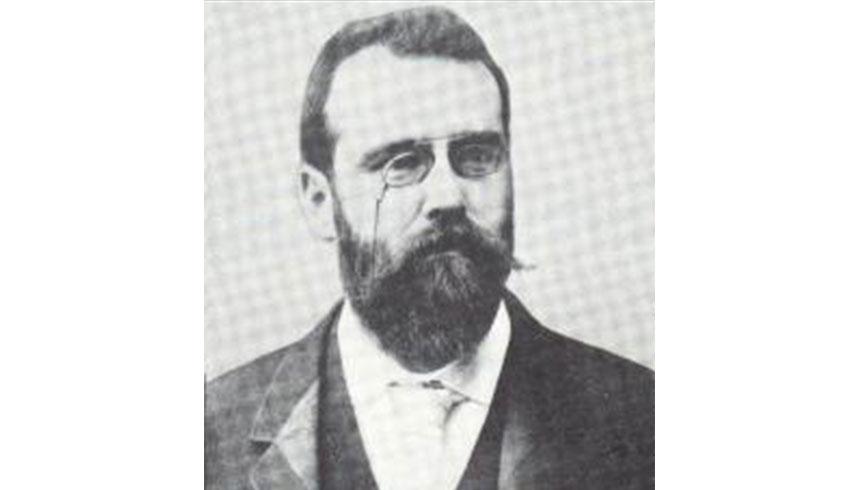
- Ciamberlani House by Paul Hankar.
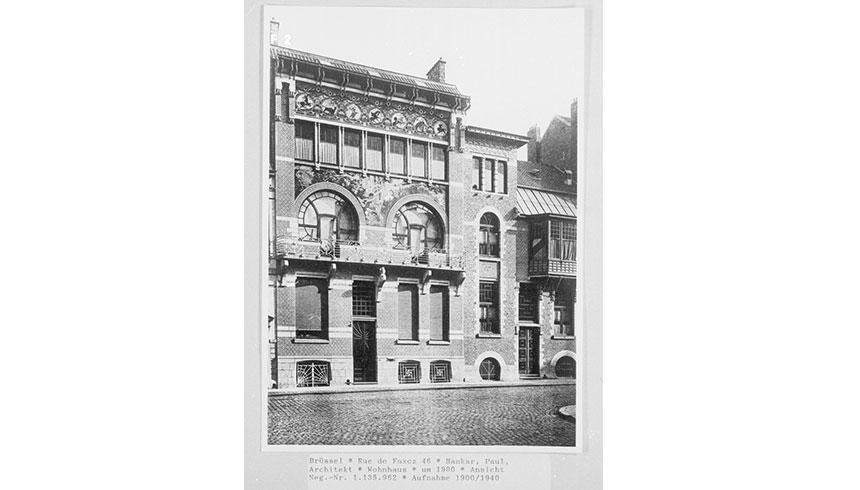
- Detail from the façade of the Ciamberlani House.
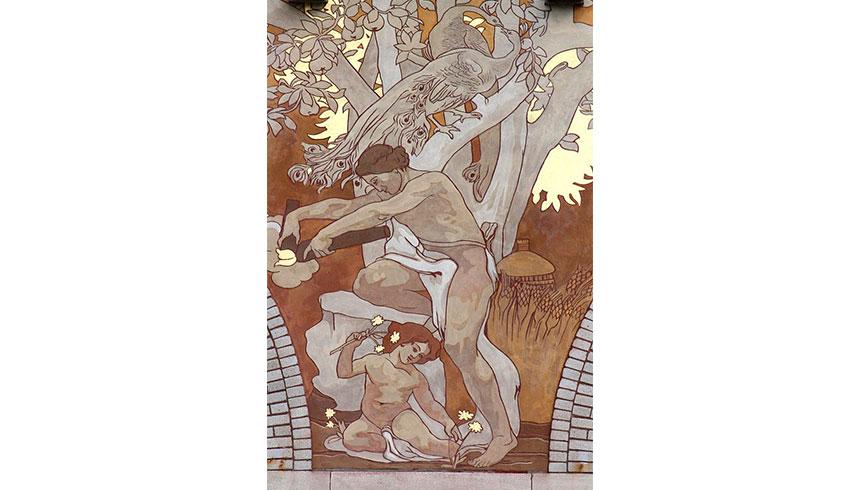
- The German architect, August Endell.
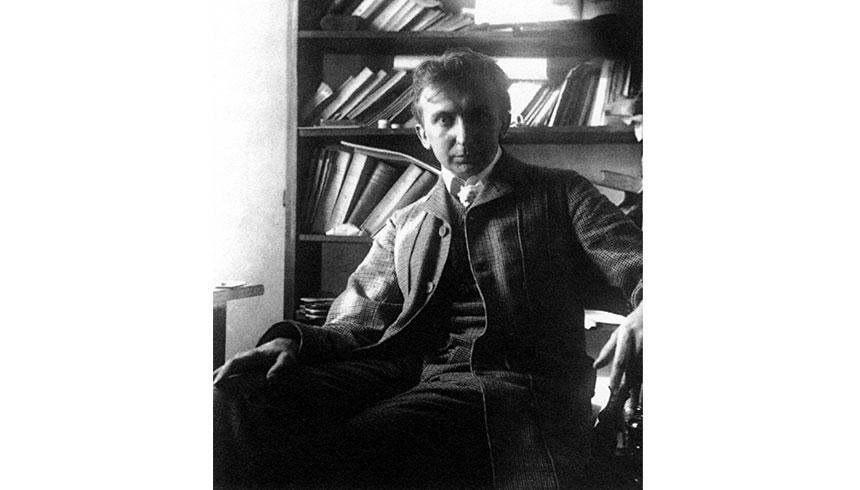
- Atelier Elvira by August Endell.

- Henry C. van de Velde.
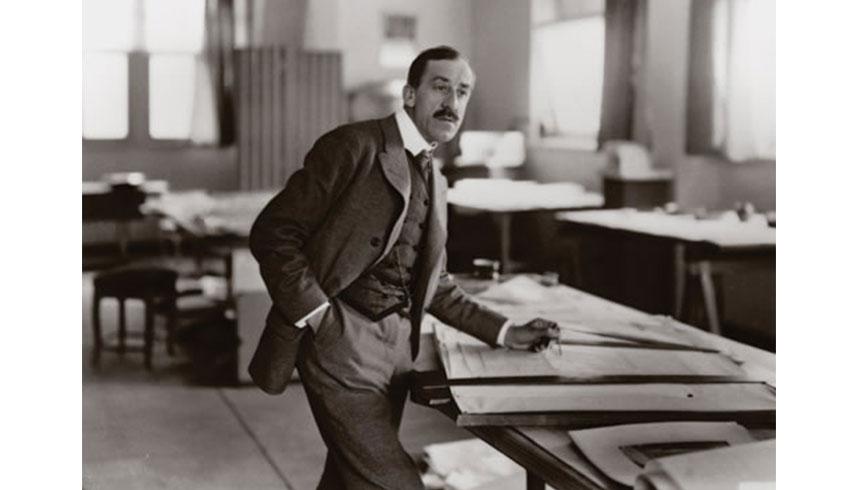
- Stairway at the Trzebiechów sanatorium in Poland, by Henry C. Van de Velde.
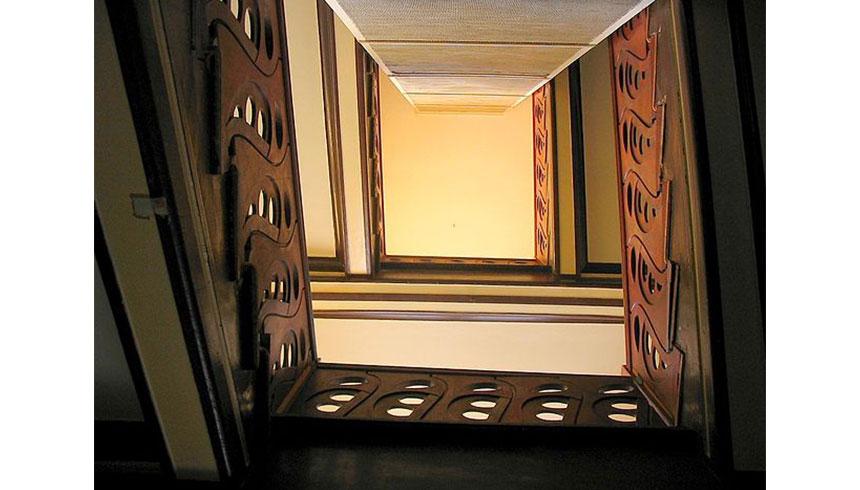
- Hôtel De Bodtin by Henry van de Velde.
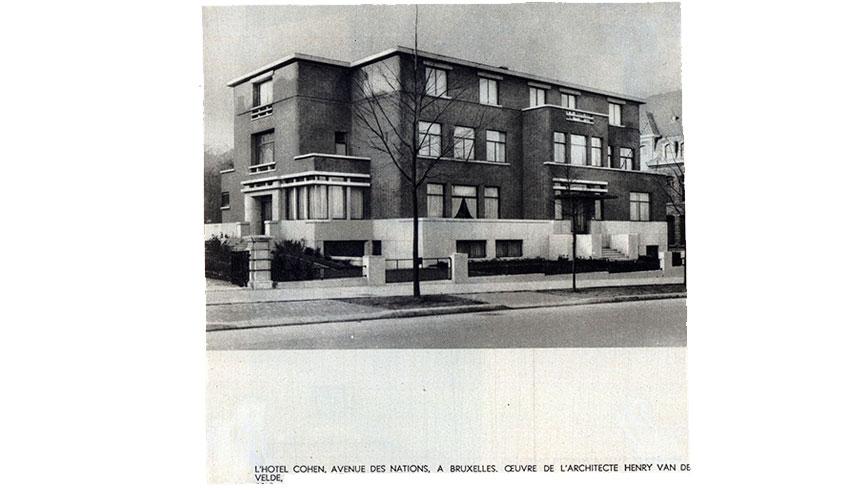
- Otto Wagner.
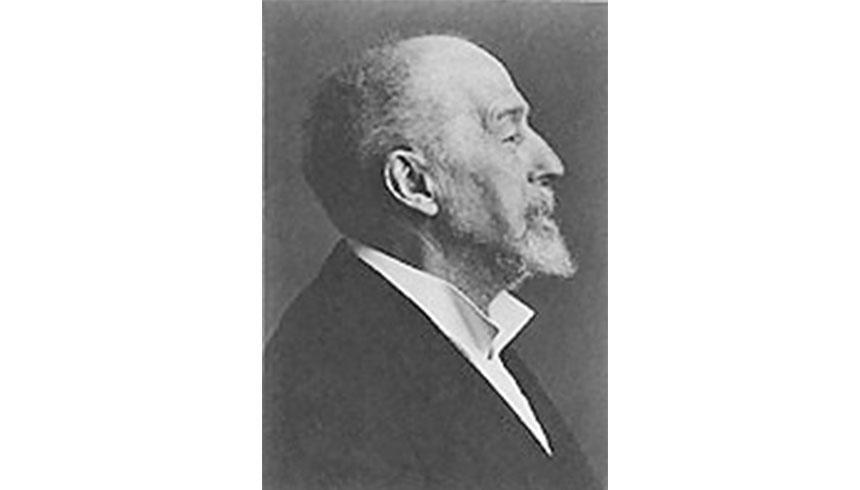
- Majolikahaus by Otto Wagner.
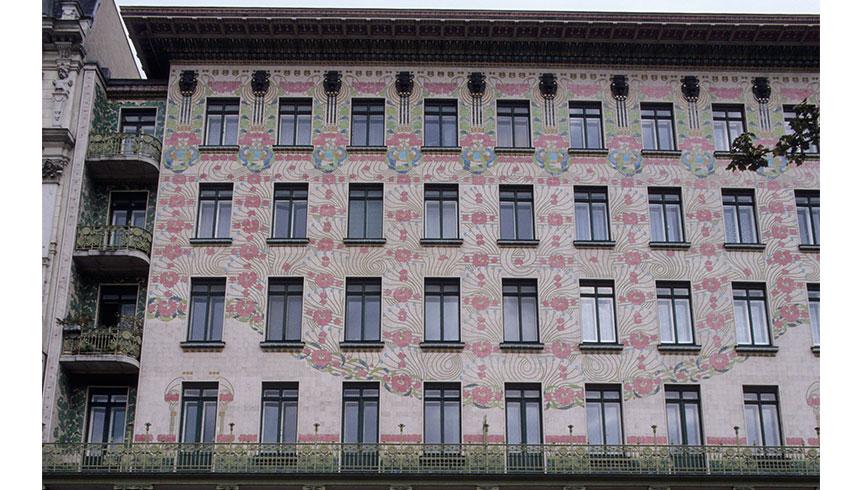
- Josef Hoffmann.
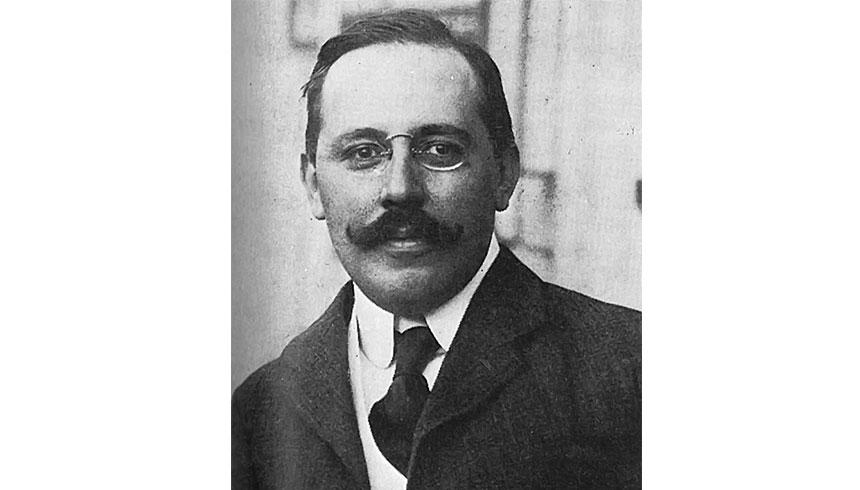
- Dining room at Stoclet Palace, by Josef Hoffmann.
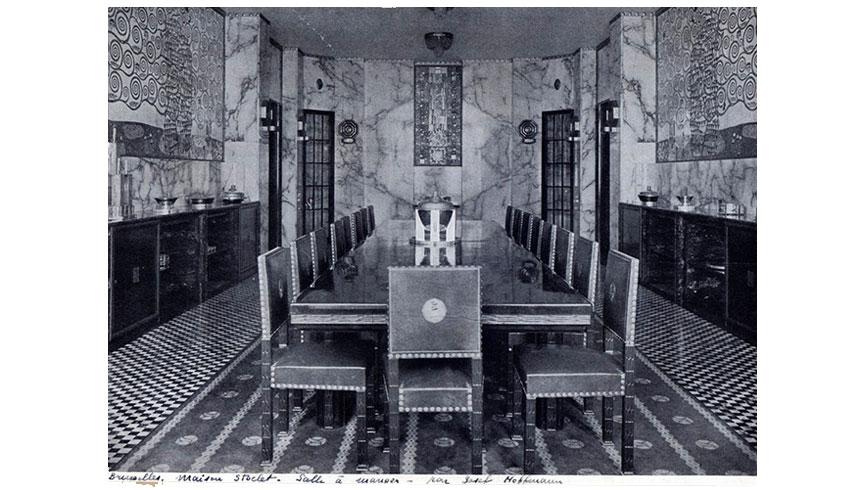
- Stoclet Palace.
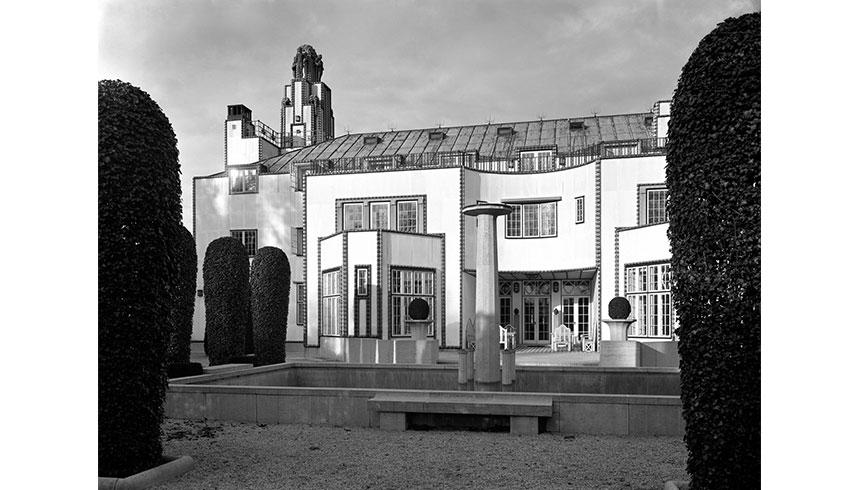
- Joseph Maria Olbrich.
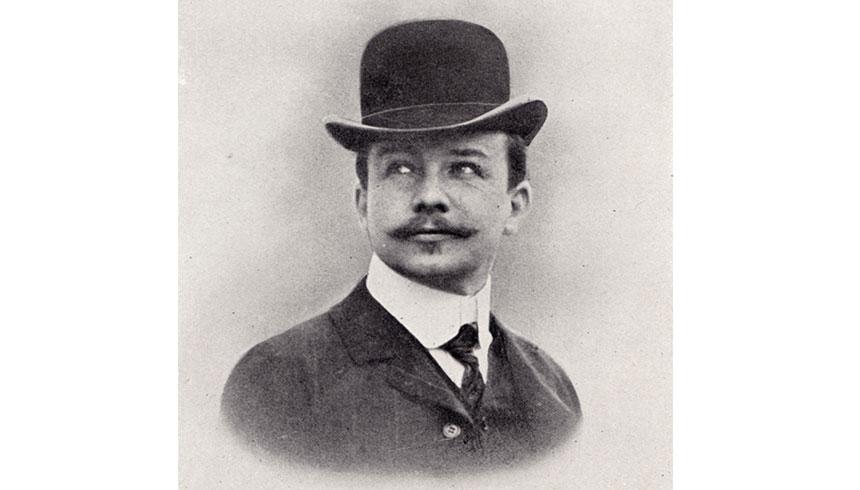
- Sezession building in Vienna, by Joseph Maria Olbrich.
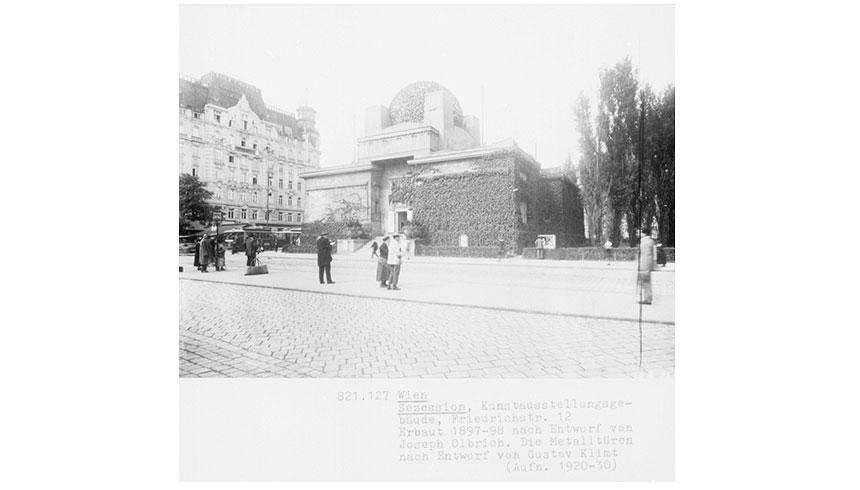
- Façade of the Sezession building.
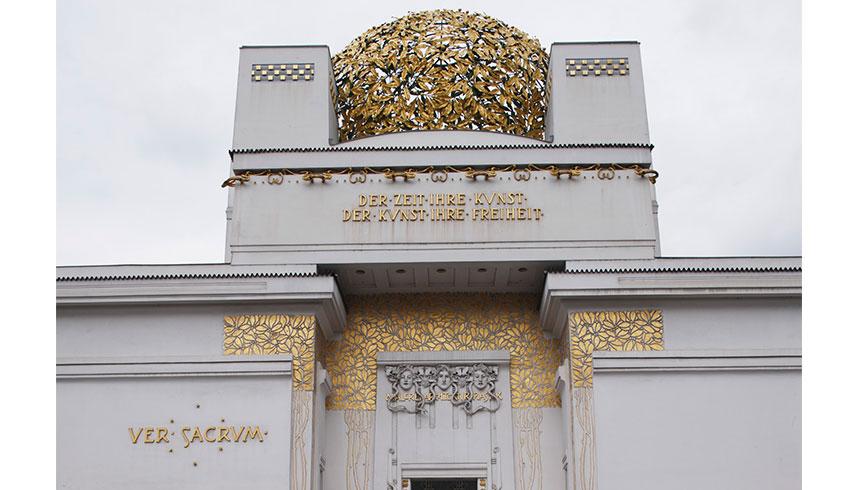
- Charles Rennie Mackintosh.
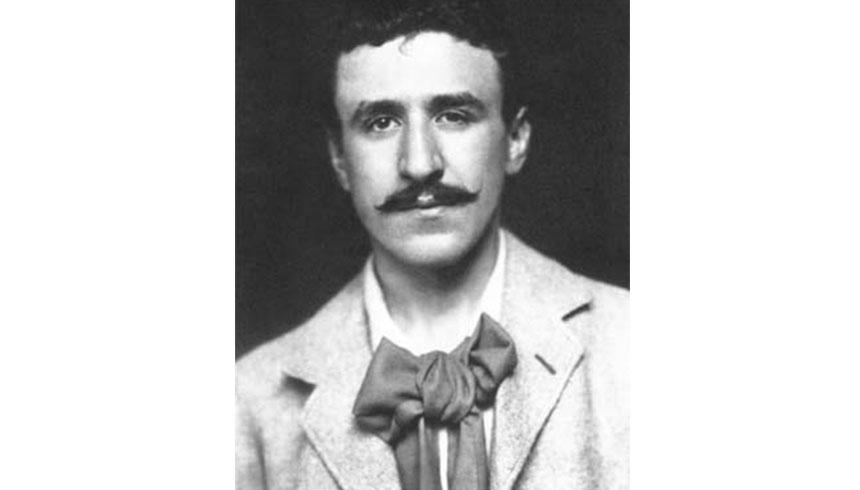
- Glasgow School of Art, by Charles Rennie Mackintosh.
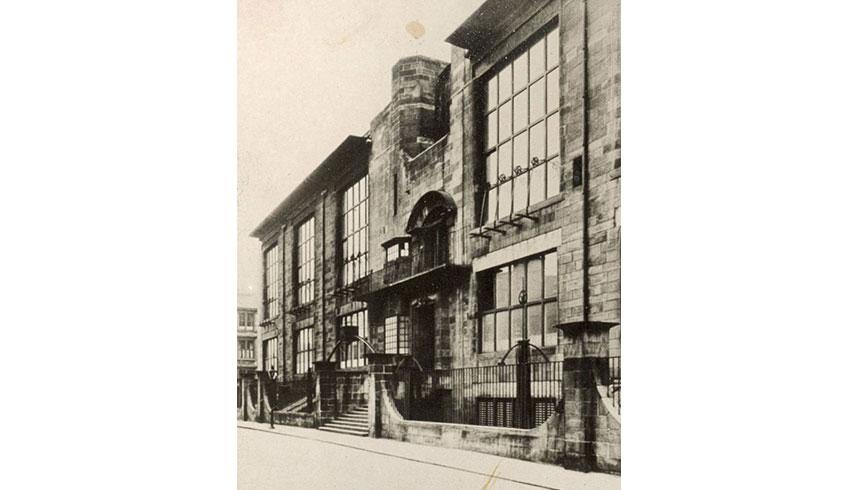
Palau Güell shows many essential features of Gaudí's later works (flowing sequence of spaces, innovative structures, catenary arches, imagination that led him to create original forms, trencadís mosaic...), and the ornamental forms typical of international Art Nouveau (whiplash, organic forms, stylised leaves and flowers...). The end result was a true masterpiece, an unusual space in which a wise, accurate and magnificent play on volumes under light prevails. The chimneys, all unique and different, probably represent the first sketches of the design that years later Gaudí would realise with the roof of La Pedrera. On the Palau Gaudí used trencadís for the first time, a mosaic made from fragments of tile. This technique was taken up by Art Nouveau as one of its main forms of expression.
Subsequently, the Art Nouveau movement left its mark on the architecture of other European cities, such as Vienna, Munich, Nancy, Brussels, Glasgow and Berlin. On an international level, of note are:
– Hotel Tassel, by Victor Horta (Brussels, 1893);
– Hotel Ciamberlani, by Paul Hankar (Brussels, 1897);
– Atelier Elvira, by August Endell (Munich, 1896-1897);
– the Paris metro station entrances by Hector Guimard (Paris, circa 1900);
– the Belgian and German works of Henry C. van de Velde;
– the Vienna metropolitan railway by Otto Wagner (Vienna, 1894-1901);
– Majolikahaus, by Otto Wagner (Vienna, 1898-1899);
– Purkersdorf Sanatorium, by Josef Hoffmann (Vienna, 1904-1908);
– the Secession Building, by Joseph Maria Olbrich (Vienna, 1898-1899);
– Darmstadt Artists' Colony, by Joseph Maria Olbrich (Darmstadt, 1900-1908);
– Glasgow School of Art, by Charles Rennie Mackintosh (Glasgow, 1898-1909);